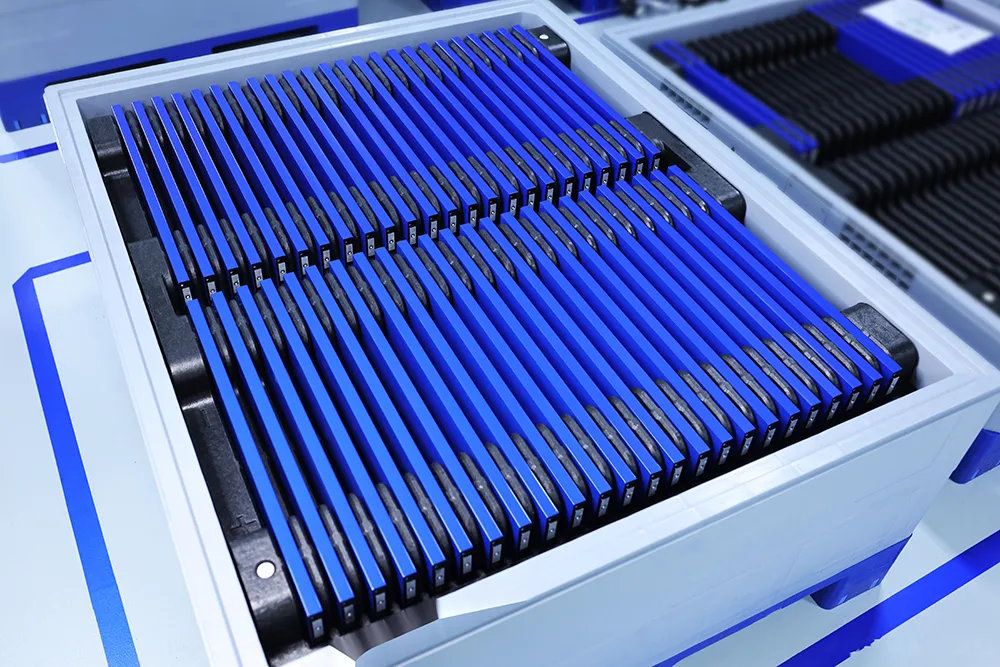How to Charge Lithium Iron Phosphate Batteries Best? Use the Correct Method to Extend Battery Life by 3 Times!
Abstract: Lithium iron phosphate batteries are known for their high safety and long cycle life, but incorrect charging methods can seriously damage them. This article will explain the best charging methods for LiFePO₄ batteries based on their principles, covering key points such as charging frequency, charger selection, and charging environment, to help you maximize battery life and performance.
With the popularity of new energy vehicles, energy storage systems, and various electronic devices, lithium iron phosphate batteries (LiFePO₄) have become the choice for more and more people. However, do you really know how to charge lithium iron phosphate batteries best? Improper charging can quietly shorten the precious lifespan of your vehicle or device’s battery. Today, we will thoroughly address this issue.
1. Understanding the Characteristics of Lithium Iron Phosphate Batteries: Why Are They “Afraid of Overcharging”?
Unlike traditional ternary lithium batteries, LiFePO₄ batteries have a flatter discharge voltage platform and a higher number of cycles (typically over 2000 cycles). Their chemical properties make them less tolerant to overcharging. Although they are inherently very safe and not prone to combustion or explosion, long-term overcharging can accelerate the degradation of active materials inside the battery and the decomposition of electrolytes, leading to permanent capacity reduction.
Therefore, “shallow charging and discharging” is the first golden rule to extend their lifespan.
2. Detailed Explanation of the Best Charging Methods for Lithium Iron Phosphate Batteries
1. Daily Charging Frequency: Charge as Needed, Avoid Deep Discharge
- Best Practice: It is recommended to charge when the remaining power is 20%-30% and stop when it reaches 90%-95%.
- Reasoning: Avoid fully depleting the battery (deep discharge) or charging to 100% every time. Keeping the battery at a medium charge level (e.g., 20%-90%) for extended periods can significantly reduce stress on internal chemical reactions and effectively delay aging. There is no need for “full charge and discharge” to eliminate memory effects, as LiFePO₄ batteries do not have memory effects.
2. Charger Selection: Original Matching Is Key
- Best Practice: Always use the original or officially certified charger.
- Reasoning: Original chargers have charging algorithms (usually constant current-constant voltage, or CC-CV mode) that perfectly match the battery management system (BMS). Poor-quality chargers may cause unstable charging voltage or current, which can lightly affect battery life or, in severe cases, pose safety risks.
3. Charging Environment: Temperature Is an Invisible Killer
- Best Practice: Charge at an ambient temperature of 0°C to 45°C. Strictly avoid charging in environments below 0°C.
- Reasoning:
- Charging in high-temperature environments (>45°C) can intensify side reactions, leading to battery swelling and rapid capacity loss.
- Charging in low-temperature environments (<0°C) can cause lithium metal to precipitate inside the battery and form lithium dendrites on the negative electrode surface, which may pierce the separator and cause a short circuit, posing extreme dangers. If a vehicle or device is moved from a cold environment indoors, it is advisable to let it sit for a while until the battery temperature rises above 0°C before charging.
4. Full Charge Storage: Avoid Long-Term Full Charge
- Best Practice: If the device needs to be stored for a long time (over 1 month), keep the charge level at 50%-60%.
- Reasoning: A long-term full charge state keeps the battery under high voltage stress, making the electrolyte more prone to decomposition and leading to irreversible capacity loss. A charge level of around 50% is the most stable state for the battery.
5. Use of Fast Charging: Occasional Use, Not a Daily Choice
- Best Practice: Avoid frequent use of high-power DC fast charging. Prioritize AC slow charging for daily use.
- Reasoning: The high current during fast charging generates significant heat inside the battery, accelerating battery aging. Use it as an emergency supplement during long trips rather than a daily habit.
3. Common Misconceptions and Answers (FAQ)
Q1: Do newly purchased LiFePO₄ batteries need activation? A: Absolutely not. Modern LiFePO₄ batteries are already activated when they leave the factory. Normal use is sufficient.
Q2: Can I use the device while charging? A: Yes, but it is not recommended for extended periods. Using while charging generates more heat, which is detrimental to battery life. Especially when playing large games or running high-power programs, charging should be avoided.
Q3: Does charging overnight (overnight charging) matter? A: For original chargers with intelligent BMS and automatic power-off functions, it is generally fine, as the charger will stop outputting power once fully charged. However, for absolute safety, avoid prolonged overcharging.
4. Summary: Best Charging Rhyme
Remember this rhyme to easily protect your battery:
Avoid deep discharge, don’t fully charge, The right temperature is key. Original charging is the first choice, For long-term storage, keep it halfway.
Following the above best charging methods for lithium iron phosphate batteries will not only ensure your electricity safety but also extend the battery’s effective lifespan by 2-3 times, maximizing your investment value. Start charging correctly today!
Table of Contents
